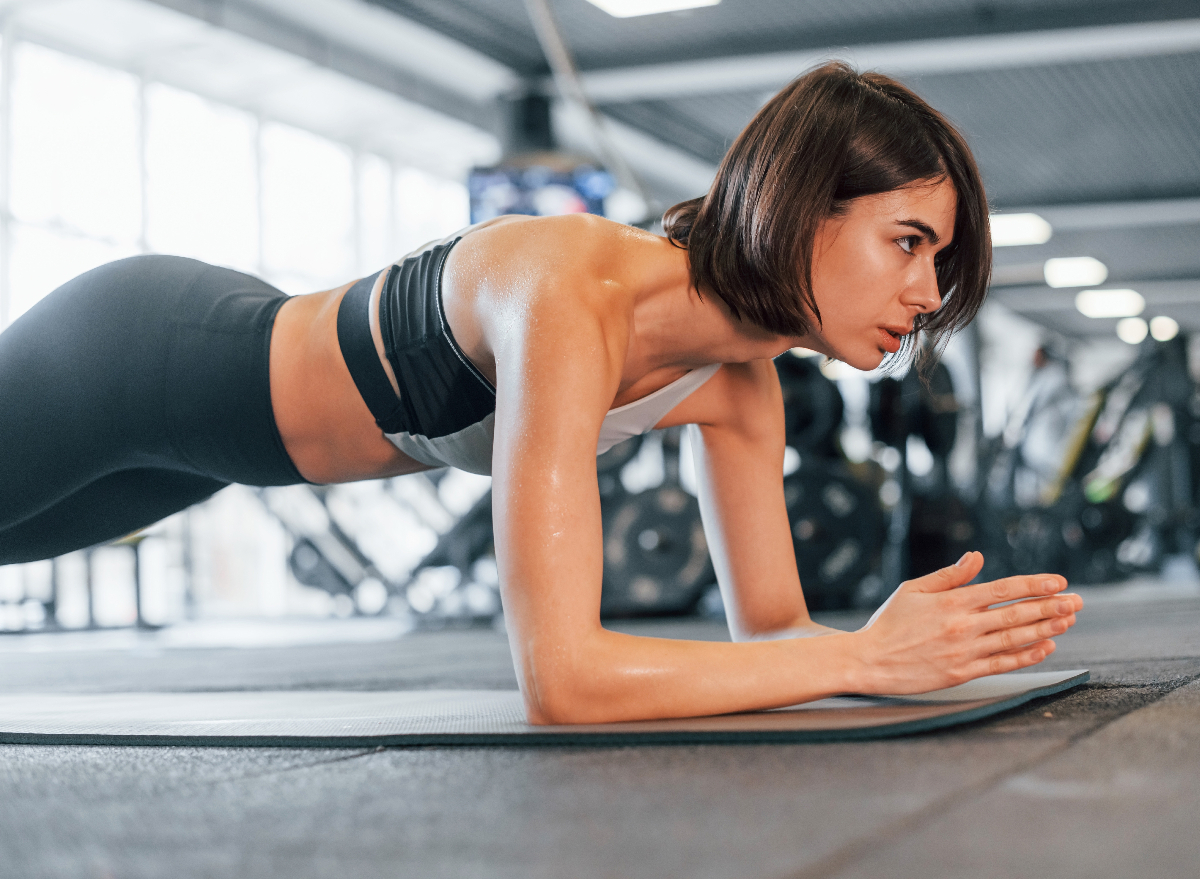How strong is your body, really? You might feel healthy, but strength isn’t just about lifting weights or showing off muscles. It’s about how well your body performs basic movements that reflect your true age—physically, not just on paper.
As we age, our muscle mass, balance, flexibility, and coordination naturally decline. But staying young isn’t just about looking good. It’s about maintaining strength, mobility, and control so your body can handle everyday challenges with ease. These seven tests are designed to give you a quick reality check. They help you spot potential weaknesses, gauge your functional fitness, and discover how young your body truly feels.
Each test can be done at home and doesn’t require special equipment. Ready to find out how well your body is aging?
1. The Sit-to-Stand Test
This test assesses lower body strength and balance—two key indicators of healthy aging. It measures how easily you can get up from a seated position without using your hands.
How to do it
Sit on a standard chair with your arms crossed over your chest. Stand up completely, then sit down again. Repeat the movement as many times as possible in 30 seconds.
What to aim for
- Ages 18–49: 14 or more reps
- Ages 50–64: 12 or more reps
- 65+: 10 or more reps
If you struggle to complete the reps or rely on your hands, it’s a sign your leg strength may be below average.
2. Wall Push-Up Test
Upper body strength is essential for posture, daily tasks, and overall vitality. The wall push-up test gauges how strong your arms, shoulders, and chest are.
How to do it
Stand about two feet away from a wall. Place your hands flat on the wall at shoulder height. Lower your body toward the wall in a controlled manner, then push back to the start. Repeat for 30 seconds.
What to aim for
- Men under 50: 20 or more reps
- Women under 50: 15 or more reps
- Over 50: 10–15 reps (men), 8–12 reps (women)
Good control and consistent form are more important than speed.
3. Plank Hold Test
Core strength is a key marker of youth. A strong core supports posture, protects your spine, and helps you move efficiently.
How to do it
Get into a forearm plank position on the floor with your elbows under your shoulders. Keep your body in a straight line from head to heels.
What to aim for
- Excellent: 60 seconds or more
- Good: 30–59 seconds
- Needs improvement: Under 30 seconds
If your hips sag or you shake excessively, it’s time to strengthen your core.
4. Single-Leg Balance Test
Balance is a major indicator of neuromuscular health and coordination. Poor balance is linked to falls and injuries as we age.
How to do it
Stand tall and lift one foot off the floor, bending the knee slightly. Try to hold the position without wobbling or putting your foot down.
What to aim for
- Ages 18–40: 40 seconds or more per leg
- Ages 41–60: 30–40 seconds
- Over 60: 20–30 seconds
Use a timer and repeat on both legs. If you sway a lot or can’t hold for long, your balance needs attention.
5. Dead Hang Grip Test
Your grip strength can predict overall vitality and even lifespan. It reflects upper body strength, endurance, and joint health.
How to do it
Hang from a pull-up bar with both hands for as long as you can. Don’t swing or bend your elbows.
What to aim for
- Excellent: Over 60 seconds
- Good: 30–59 seconds
- Below average: Under 30 seconds
Struggling to hang is a sign your grip, shoulders, and forearms need strengthening.
6. Step Test for Cardio Strength
This test evaluates cardiovascular fitness and lower-body endurance. A strong heart is part of a youthful body.
How to do it
Use a 12-inch step or low platform. Step up and down at a steady pace for 3 minutes. Try 24 steps per minute. At the end, sit and check your pulse after 60 seconds of rest.
What to aim for (60-sec heart rate after test)
- Under 100 bpm: Excellent
- 101–120 bpm: Good
- Over 120 bpm: Needs improvement
A lower post-exercise heart rate shows better conditioning and recovery.
7. Overhead Reach and Squat Combo
This movement checks flexibility, joint mobility, coordination, and muscle strength all at once. It mimics the natural movement needed to lift and lower objects safely.
How to do it
Stand with feet shoulder-width apart and raise your arms overhead. Squat down as far as you can while keeping your arms straight and heels on the ground.
What to look for
- Can you squat low while keeping your arms straight and torso upright?
- Do your heels stay down?
- Is your movement smooth and controlled?
If your arms drop forward or you lean too far, you may have tight ankles, hips, or shoulders.
What Your Results Mean
If you passed most of these tests with ease, congratulations. Your body is functioning at a high level and you’re aging well. If you struggled with one or more areas, don’t worry. These tests are also your blueprint for improvement.
By focusing on the areas where you scored lower, you can build a training plan to strengthen your weaknesses, increase mobility, and restore youthfulness to your movements.
Quick Tips to Stay Strong and Youthful
- Train all major movement patterns weekly
- Prioritize mobility and balance exercises
- Stay consistent with strength training
- Walk daily to support heart and joint health
- Get enough protein and sleep for recovery
A younger body isn’t just about genetics. It’s built with consistent, smart training that respects where you are now and helps you keep moving for years to come. Test yourself, challenge yourself, and invest in strength that lasts.










